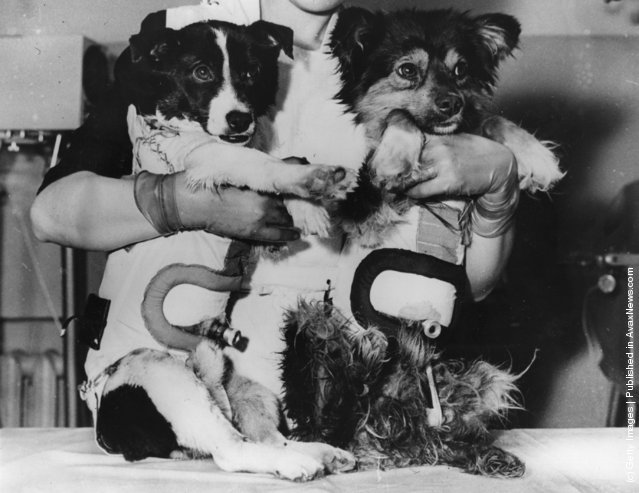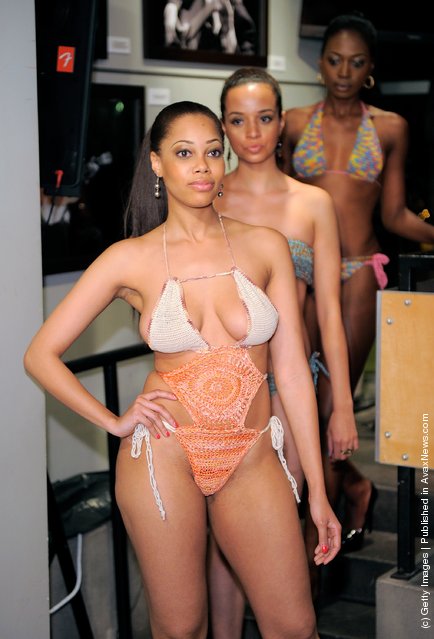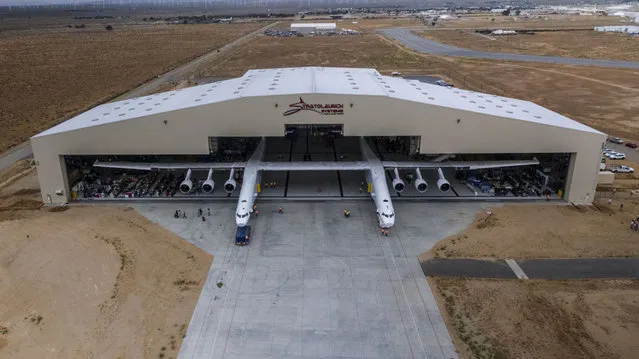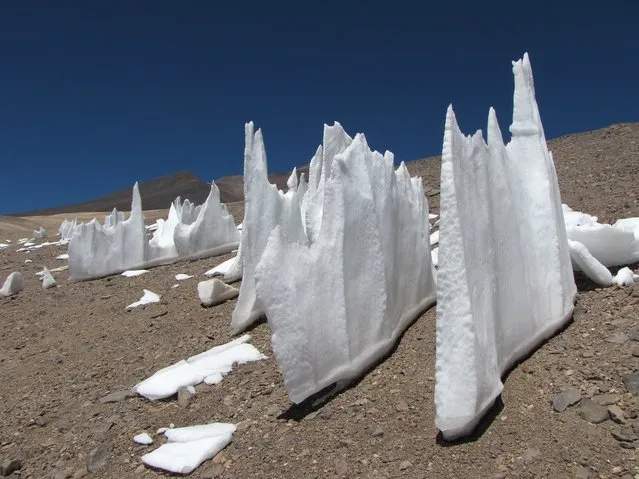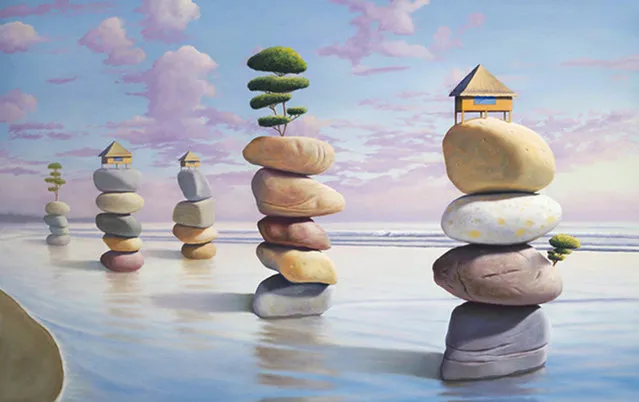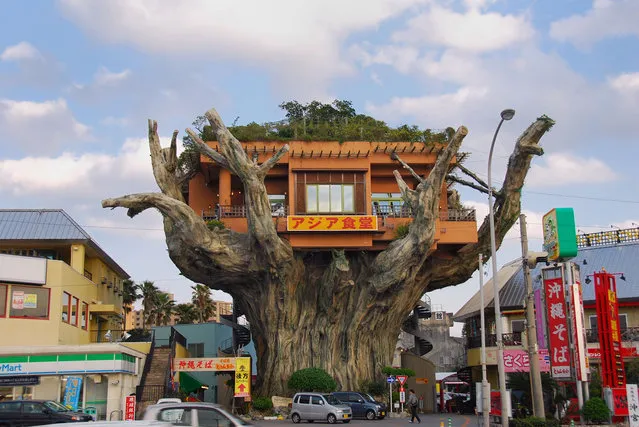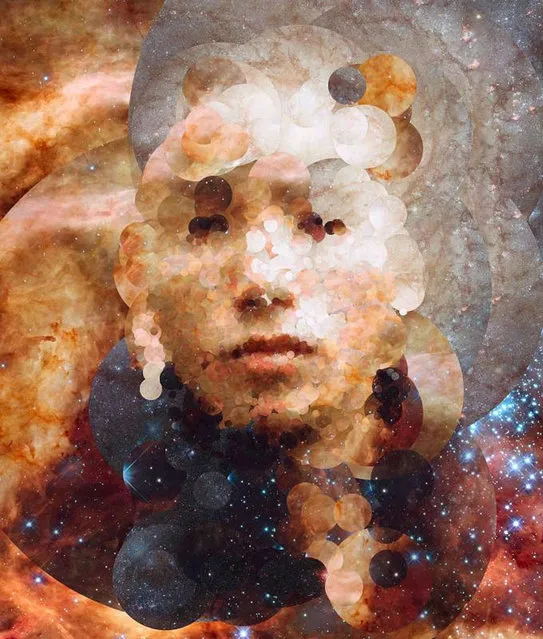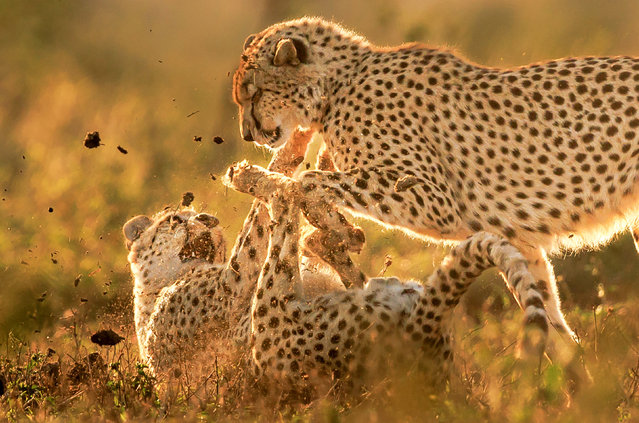
Play-fighting cheetah siblings at the Zimanga game reserve in South Africa in the second decade of November 2024 were spotted by Gavin Bickerton-Jones, an amateur photographer, who said: “It is a bit scary at first being so close, but also a privilege for them to let you share their space”. (Photo by Gavin Bickerton-Jones/Solent News)
24 Nov 2024 03:43:00,post received
0 comments

